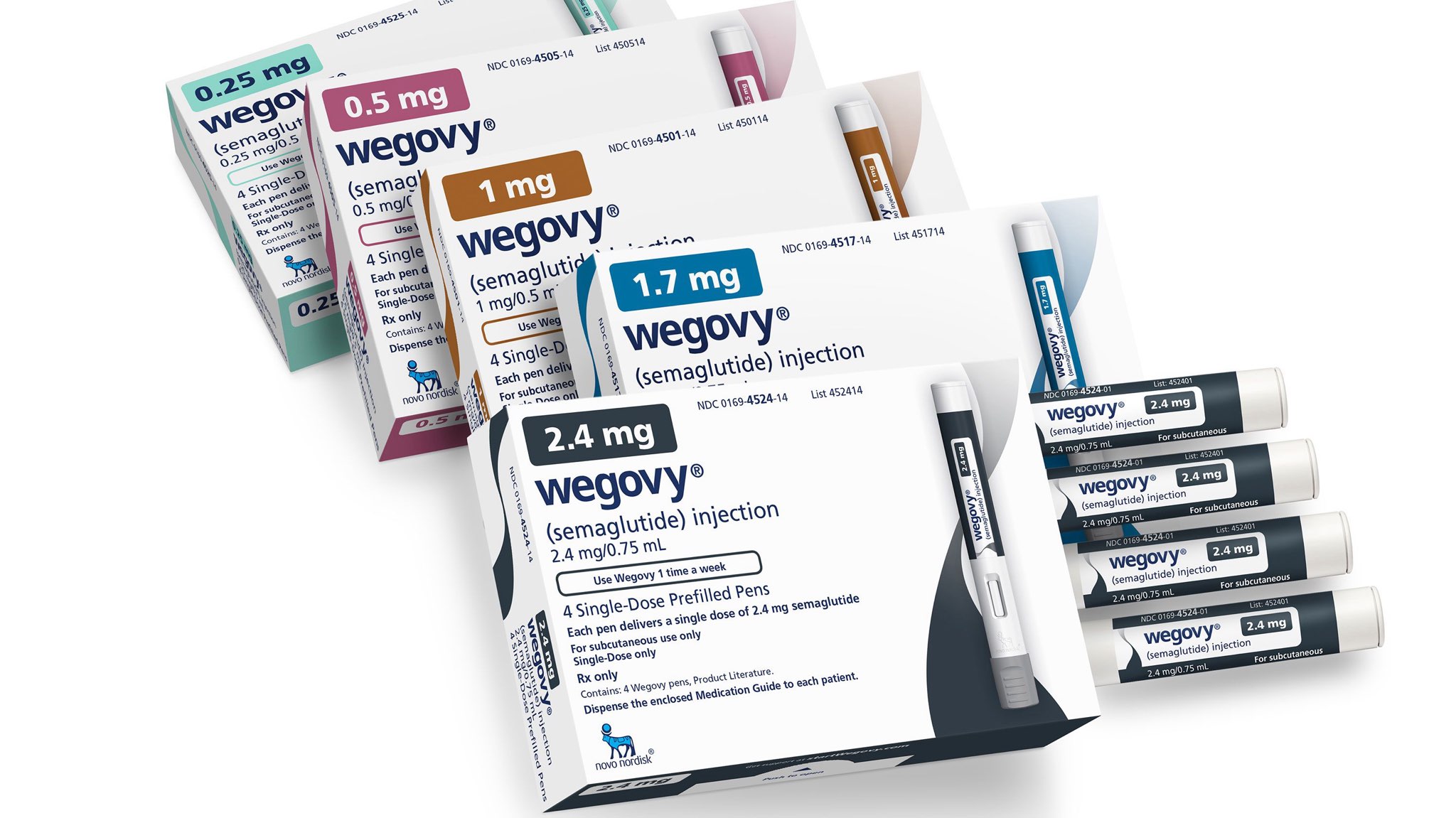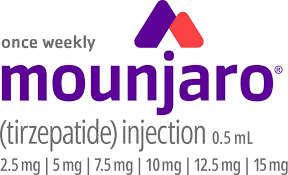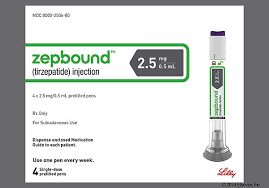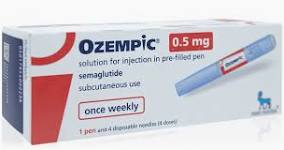Sleep Apnea
Obstructive sleep apnea is a potentially serious sleep disorder. It causes breathing to repeatedly stop and start during sleep. Snoring, the primary symptom of sleep apnea is typically loud enough to disturb your sleep or that of others. The other signs include waking up gasping or choking, intermittent pauses in your breathing during sleep, excessive daytime drowsiness, which may cause you to fall asleep while you’re working, watching television or even driving a vehicle.
Obstructive sleep apnea occurs when airflow is blocked anywhere along the upper airway from the nasal passages to the tissues in the back of your throat and tongue. Either excessive tissue or too much relaxation of the tissues leads to obstruction. Enlarged tonsils also contribute to the obstruction as well.
When the muscles relax, your airway narrows or closes as you breathe in and breathing may be inadequate for up to 30 seconds. This may lower the level of oxygen in your blood and cause a buildup of carbon dioxide.
Your brain senses this impaired breathing and briefly rouses you from sleep so that you can reopen your airway. This awakening is usually so brief that you don’t remember it. You can awaken with a transient shortness of breath that corrects itself quickly, within one or two deep breaths. You may make a snorting, choking or gasping sound. This pattern can repeat itself many times per hour, all night long. These disruptions impair your ability to reach the desired deep, restful phases of sleep, and you’ll probably feel sleepy during your waking hours. People with obstructive sleep apnea may not be aware that their sleep was interrupted. In fact, many people with this type of sleep apnea think they slept well all night.
Risk factors of Sleep Apnea
Anyone can develop obstructive sleep apnea. However, certain factors put you at increased risk, including:
- Excess weight. Around half the people with obstructive sleep apnea are overweight. Fat deposits around the upper airway may obstruct breathing.
However, not everyone with obstructive sleep apnea is overweight and vice versa. Thin people can develop the disorder, too.
- Narrowed airway. You may inherit naturally narrow airways. Or, your tonsils or adenoids may become enlarged, which can block your airway. Some patients also have markedly enlarged tonsil tissue on the back of the tongue-called lingual tonsils which can block the airway as well.
- High blood pressure (hypertension). Obstructive sleep apnea is relatively common in people with hypertension.
- Chronic nasal congestion. Obstructive sleep apnea occurs twice as often in those who have consistent nasal congestion at night, regardless of the cause. This may be due to narrowed or blocked nasal airways.
- People who smoke are more likely to have obstructive sleep apnea.
- Obstructive sleep apnea may be more common in people with diabetes.
- In general, men are twice as likely as women to have obstructive sleep apnea.
- A family history of sleep apnea. If you have family members with obstructive sleep apnea, you may be at increased risk.
- Recent research has found an association between asthma and the risk of obstructive sleep apnea.
Complications of Sleep Apnea
Obstructive sleep apnea is a serious medical condition. Complications may include:
- Daytime fatigue and sleepiness. The repeated awakenings associated with obstructive sleep apnea make normal, restorative sleep impossible. People with obstructive sleep apnea often experience severe daytime drowsiness, fatigue and irritability. They may have difficulty concentrating and find themselves falling asleep at work, while watching TV or even when driving.
Children and young people with obstructive sleep apnea may do poorly in school and commonly have attention or behavior problems.
- Cardiovascular problems. Sudden drops in blood oxygen levels that occur during obstructive sleep apnea increase blood pressure and strain the cardiovascular system. Many people with obstructive sleep apnea develop high blood pressure (hypertension), which can increase the risk of heart disease.
The more severe the obstructive sleep apnea, the greater the risk of coronary artery disease, heart attack, heart failure and stroke. Men with obstructive sleep apnea appear to be at risk of heart failure, while women with obstructive sleep apnea don’t.
Obstructive sleep apnea increases the risk of abnormal heart rhythms (arrhythmias). These abnormal rhythms can lower blood oxygen levels. If there’s underlying heart disease, these repeated multiple episodes of low blood oxygen could lead to sudden death from a cardiac event.
- Complications with medications and surgery. Obstructive sleep apnea also is a concern with certain medications and general anesthesia. These medications, such as sedatives, narcotic analgesics and general anesthetics, relax your upper airway and may worsen your obstructive sleep apnea.
If you have obstructive sleep apnea, you may experience worse breathing problems after major surgery, especially after being sedated and lying on your back. People with obstructive sleep apnea may be more prone to complications after surgery.
Before you have surgery, tell your doctor if you have obstructive sleep apnea or symptoms related to obstructive sleep apnea. If you have obstructive sleep apnea symptoms, your doctor may test you for obstructive sleep apnea prior to surgery.
- Sleep-deprived partners. Loud snoring can keep those around you from getting good rest and eventually disrupt your relationships. Some partners may even choose to sleep in another room. Many bed partners of people who snore are sleep deprived as well.
People with obstructive sleep apnea may also complain of memory problems, morning headaches, mood swings or feelings of depression, and a need to urinate frequently at night (nocturia).
The hallmark of diagnosing sleep apnea is to perform a sleep study or polysomnogram.
Polysomnography. During this sleep study, you’re hooked up to equipment that monitors your heart, lung and brain activity, breathing patterns, arm and leg movements, and blood oxygen levels while you sleep. You may have a full-night study, in which you’re monitored all night, or a split-night sleep study.
In a split-night sleep study, you’ll be monitored during the first half of the night. If you’re diagnosed with obstructive sleep apnea, staff may wake you and give you continuous positive airway pressure for the second half of the night. This device also known as a CPAP (continuous positive airway pressure) is the first line therapy for sleep apnea.
This test can help your doctor diagnose obstructive sleep apnea and adjust positive airway pressure therapy, if appropriate. This sleep study can also help rule out other sleep disorders, such as periodic limb movements of sleep or narcolepsy, which also can cause excessive daytime sleepiness, but require different treatment.
Home sleep apnea testing. Under certain circumstances, your doctor may provide you with an at-home version of polysomnography to diagnose obstructive sleep apnea. This test usually involves measurement of airflow, breathing patterns and blood oxygen levels, and possibly limb movements and snoring intensity. Severity of sleep apnea is described in the chart below based on findings from the sleep study.
The second level of testing includes a sleep endoscopy. This procedure involves a short anesthesia where we examine the upper airway under deep enough anesthesia to recreate sleep. This allows us to identify the precise areas of collapse and obstruction. We use this information in conjunction with the sleep study to complete the sleep apnea workup.
Treatment Options
Treatments for obstructive sleep apnea are available. The first line treatment is CPAP. For those patients that cannot tolerate this we offer a number of surgical options. Many studies have now confirmed that patients that undergo surgery for sleep apnea have lower rates of cardiovascular complications and sudden death compared to either CPAP treated patients, or no treatment at all.
There are 4 different procedures we offer:
1. Nasal surgery
Nasal surgery may be indicated for people with nasal obstruction that do not respond to medical treatment. Correction of nasal and sinus deformities may allow the patient to better tolerate the CPAP device, and also improve sleep quality. The procedures available for nasal breathing improvement are customized to your own particular issues. For more information, please visit: https://www.calwestent.com/balloon-sinus-surgeon/
2. Uvulopalatopharyngoplasty or UPPP
We break down this surgery into phases. Phase one surgery involves tightening and reshaping the soft palate and removing the tonsils if present. The procedure is called a uvulopalatopharyngoplasty or UPPP. We perform a safer modification called a uvulopalatal flap. This preserves the soft palate musculature, improves the recovery, and limits the complications such as food or liquids coming up through the nose which can occur with a standard UPPP. If the patient has tonsils present, we either remove them entirely or shrink them using radiofrequency tissue reduction technology.
Lingual tonsil treatment is also part of phase 1 surgery. We address the tonsil tissue on the back of the tongue using radiofrequency tissue reduction techniques. This procedure requires general anesthesia and is done on an outpatient basis. The recovery from this alone is quite tolerable. We do repeat this up to 3-6 sessions for definitive reduction, the treatments spread out a few months apart. There are virtually no complications except some transient change in taste which readily resolves.
3. Genioglossus advancement (GA) is a surgical procedure in which the base of the tongue is pulled forward, usually to increase airway size due to deformity or severe sleep apnea. This procedure is frequently performed with either a UPPP or other craniofacial advancement procedures. During a genioglossus advancement procedure, a small window or bone cut is made in the front part of the lower jaw (mandible) at the level of the geniotubercle which is where the genioglossus muscle is attached. This piece of bone along with the attachment for the tongue (genial tubercle) is pulled forward and is subsequently secured to the lower jaw, usually with a single screw or with a plate(s) and screws. We described a modification of this procedure that we current use. See enclosed article.
To address the lower airway, we perform a hyoid suspension myotomy in which the lower portion of the airway is brought forward surgically, which expands the airway and increases the circumference thus preventing collapse.

4. Inspire® therapy for Obstructive Sleep Apnea
Inspire® therapy for obstructive sleep apnea Treats Sleep Apnea without a Mask
Inspire therapy is a surgical procedure that offers a mask-free solution for those with obstructive sleep apnea (OSA) who have struggled with CPAP. Through a simple-to-use system including the Inspire® implant, remote and app, Inspire therapy enables you to control your OSA treatment from the palm of your hand.
How Inspire® therapy works
Inspire therapy is the only FDA-approved obstructive sleep apnea (OSA) therapy that works comfortably2 inside your body.
The small Inspire® implant delivers gentle pulses to your airway muscles to keep your airway open so you can breathe regularly and sleep soundly.
- When we sleep, our airway muscles and tongue relax. For people with OSA, the tongue relaxes into a position that blocks the airway.
- When your airway is blocked you get less oxygen to your brain, triggering you to wake up to take a breath. This cycle happens repeatedly, preventing quality sleep.
- The Inspire implant delivers gentle pulses that move your tongue out of the way each time you take a breath, keeping your airway open while you sleep soundly. No mask or hose required.
Is InspireTM Right for You
Patients who meet the following criteria may qualify for InspireTM therapy.
- Over the age of 18
- Diagnosed with moderate to severe OSA
- Unable to use or benefit from use of CPAP
- Body Mass Index (BMI) less than 40 (Insurance carriers may have different BMI requirements)
Inspire® therapy Effectiveness
Does Inspire therapy really work? Inspire is a safe and effective therapy with 10 years of FDA approval. According to recent studies:
- 90% of bed partners reported no snoring or soft snoring
- 91% of people are satisfied with Inspire therapy
- Patients had a 79% reduction in sleep apnea events
- 94% of patients say Inspire therapy is better than CPAP and would recommend it to others
Get Started
All of these procedures are specifically customized to your specific anatomy and severity of apnea.
The first step is to schedule a consultation with our team. Call 818-349-0600. We’ll discuss your current therapy, provide details on InspireTM and answer your questions.
 |
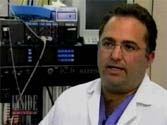 |
Dr Marc Kerner on Inside EditionDr. Kerner on “Inside Edition” discussing sleep apnea and the signs, symptoms and surgery option. |
Your Sleep Could Kill You.
Sleep related problems affect many Americans. The most commonly known disorder, obstructive sleep apnea, affects at least 40 million people in the United States. It is characterized by snoring, breath-holding during sleep and cessation of airflow into the lungs for greater than 10 seconds. Most people experience daytime fatigue, falling asleep while driving or watching television, and morning headaches. One never feels truly rested.
Why is it dangerous if it goes undiagnosed and treated? There is a 5-fold increase in automobile accidents in those affected with the condition. Add to that the myriad of other sleep related problems that occur with obesity and you have a recipe for disaster. Just remember that when you are driving along side an 18-wheeler is driven by a sedentary truck driver who is 50 pounds overweight, and has poor sleeping habits.
Why is sleep apnea detrimental to our health? A recent study from Finland identifies that men between 40 and 60 years old with sleep apnea have an increased incidence of cardiac problems such as irregular heartbeats, hypertension or high blood pressure, and stroke. The irregular heartbeat can contribute to sudden death especially during sleep or in the early morning hours.
The field of sleep medicine is still in its infancy. It has only been in the last 30 years that physicians have even studied disorders related to sleep and it is clear that we have an awful lot to learn. We are beginning to understand the complexities of neurochemistry and how our brain regulates our sleep. When sleep is disrupted for whatever reason, and especially in those with sleep apnea, our brain chemistry becomes unbalanced leading to a vicious cycle of ever-increasing poor sleep.
We are experiencing an epidemic of obesity in this country. The primary risk factor for obstructive sleep apnea is obesity. Much less common are deformities of the facial bones, tongue, soft palate and tonsils which contribute to the condition. We are just beginning to understand the linkage of poor sleep patterns, disturbances in brain chemistry, and resulting obesity. This terrible cycle makes it almost impossible to lose weight which is one of the first-line therapies for sleep apnea.
To make the definitive diagnosis, we put people through an overnight sleep test which quantifies the number of obstructive events that occur per hour. The severity of the apneas correlates with an increased risk of those medical complications such as hypertension.
In addition to weight loss, there are a number of treatment options which include CPAP, which is a mask that is placed over the nose during sleep. Think of it as a reverse vacuum cleaner. The mask and machine pumps air through the nose opening up the tissues of the nose, palate and tongue, thus overcoming the apnea and obstruction.
Additional treatment options are available for those that cannot tolerate CPAP. These include oral appliances, which thrust the tongue forward during sleep, and upper airway corrective surgery. An interesting finding in the Finland study mentioned earlier is that even partially surgically treated patients have a reduced risk of cardiac complications over those people who received no treatment at all.
Overall, we are just beginning to understand the complexities of sleep. This includes the brain chemistry changes that occur during our sleep cycles and the relationship between obesity and obstructive sleep apnea.
Sleep apnea and weight loss
Recent studies have shown that the weight loss medications Ozempic (Wegovy) and Mounjaro (Zepbound) are effective in reversing obstructive sleep apnea. We have been treating sleep apnea with a combination of surgical and non-surgical treatment options for almost 30 years. We were the first practice to incorporate these medications to offer a third line of therapy especially for patients that cannot tolerate CPAP, or are not candidates for surgical therapy. Our Physician Assistants Ryan Jordan and Valerie Van Dellen are experts in their use as well. For a consultation please call 818-349-0600.
